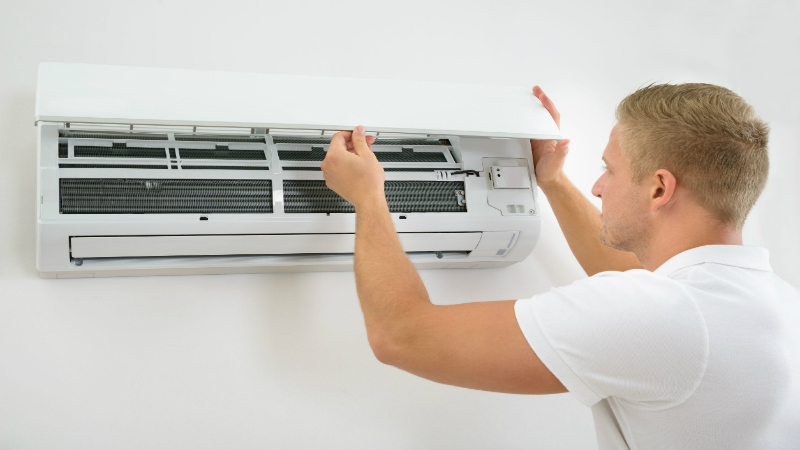For many people, keeping cool is as important as eating their daily meals. For some folks the problem may be related to health issues where overheating is a symptom or byproduct of the illness. In other cases the excess heat might be due to the various medications they have to take or a combination of medication and food interactions. Overheating of the human body is called Hyperthermia in contrast to chilling of the body which is known as Hypothermia. It is most commonly seen in cases of heat stroke, heat exhaustion and similar ailments and can be extremely deadly.
The best way for most folks to avoid problems like Hyperthermia is to reduce any exposure to activities that tax the body and cause it to heat up. An alternative option is to spend as much time as possible in your home or any other building which is cooled by air conditioning. AC is a mechanical means of removing as much heat from an enclosed area as possible. In most cases the HVAC (Heating, Ventilation and Air Conditioning) appliance is installed by a professional ac company in Madison CT. This is actually required by federal and state law because the technician must be trained in all proper handling, hazardous control procedures and storage requirements of chemical refrigerants. This training is designed to keep these harmful items out of the biosphere as much as possible.
Just as important is the training and skill your professional ac company in Madison CT will bring to your home or business when the HVAC fails. An air conditioner is under a lot of stress as it keeps the refrigerant condensed and pumps it through the evaporator coil. As the refrigerant collects any heat from around this coil it begins to expand. This process allows the refrigerant to hold the heat for transfer to the other coil located outside of the building. This collection and release of heat is what actually cools the building. During this process of collection the metal in the evaporator coil gets cooler and a blower forces air over and through the coil. This cooler air is carried through the various air ducts and into the warmer rooms. The transference of cooler air then pushes the warmer air to other parts of the building where it gets pulled back into the cooling cycle.







